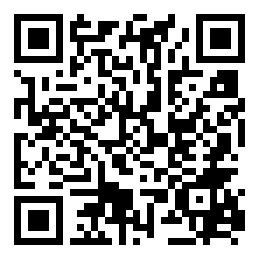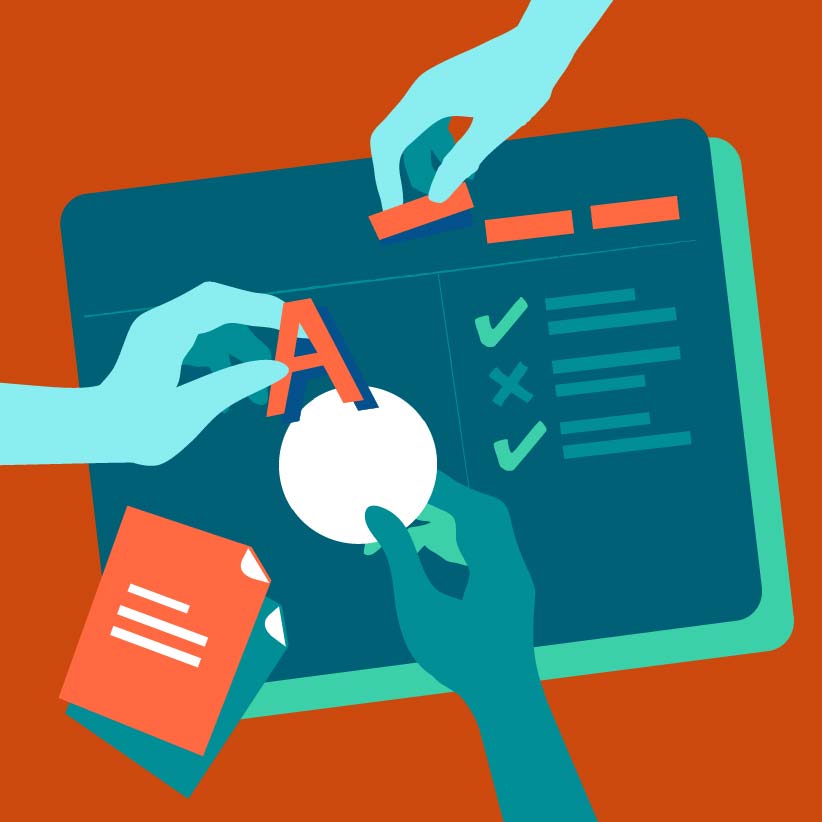Design Thinking Is Not Design
Clarifying the role of DT in the design process and the correct use by the designer.
Espacio de Opinión
Design Thinking (DT) has invaded the world. This new creative wave?! attacked large companies and famous business schools worldwide. Even large Design global companies were not spared and required by the market to be experts in DT or at least announce it publicly to keep existing clients and reach new markets.
Be a “design-thinker ” is now even more important than just being the good, old, “designer” and questions arise such as: “You’re only a designer? No,no, I need a Design Thinker!”
But DesignThinking is not Design!
Due to press and media “miraculous articles” about DT, creating winner “innovations overnight”, a common widespread conception is that DT represents the “complete cycle of Design”; and also that, dominating DT you have “mastered” the complete Design process and even worse, the idea that DT only is more than enough to create the much needed innovation!
Design Thinking and the Design process
DT is only a part of the overall process of Design, very briefly, we can say that the entire process of DESIGN consists of two stages:
-
First stage: Creative ideas for a very specific need/problem. (DT)
-
Second stage: Concrete action from the designer, to materialize this ideas into a product/service to market.
Thus, Design is not just DT (first stage of creative solutions alone) and DT is only one part of the design process.
The use of DT only to generate creative ideas without concrete action (second stage) is meaningless, since it does not lead to the desired end result together with a professional designer in the complete cycle of the Design.
I’ve seen DT trainings where there is no designer, but a “skilled businessman in Design Thinking” leading the design-innovation process forward within a global company!
The DT and Design (negative side)
I believe many businesses and schools have this mistaken view that a single DT creative brainstorming in one afternoon would solve all the problems of a global company in several areas from design, engineering to management. Nowadays, companies want innovative solutions quickly and at low cost, and it seems that somehow, the DT has filled this gap.
The expensive, complex and time consuming process demanded by the “traditional” design, was transformed into a cheap, fast and without major complexities process within this superficial frame of DT.
This perception of DT displays the Design Profession as something that can be practiced by anyone, without the guidance of a designer.
All participants are co-designers?
The participation of other co-creators (and not co-designers) is very welcome and much needed in the design process, but only the designer has the experience, knowledge to filter and transform these insights in the desired end result.
You cannot let the final design decision for the participants, or transfer the design to the co-creators, therefore weakening the designer and the final proposal. This decision should be made joint with the designer, who will select the best proposals and will carry it forward.
So it is also important to clarify the role of the participants and the DT, how they participate, the outputs of the process and next steps within the Design process and not naming wrongly the participants as “co-designers”.
The DT and Design (positive side)
On the other hand, DT led to a greater ‘right or wrong’ understanding of Design and its worldwide popularity in business schools and corporations, but especially at the business environment where with DT they began to realize the importance of design for their survival in the wild global market. Therefore, Design gained unprecedented visibility in its history with DT due to thousands of books, lectures and articles on the subject.
Arguably more Design happens in the world because of the DT, and this is very positive and necessary.
The future of Design
The key point of this article is DT and Design to be understood and applied correctly.As a designer I am not against DT and its use. I'm against the wrong use of DT as a simplification of Design.
Other than that DT is very welcome and has been more positive than negative. But I feel that it is vital for both the designer and the company to always made clear what is the meaning-output of the DT within the Design process, and tell those interested that the DT alone is not Design, neither will solve existing problems used alone; for that, you need the Design cycle.
Don't you think that DT depending how is managed and developed is either building or destroying the Design profession and the image and efforts of professional designers worldwide? I believe there will be an even greater benefit to Design in the world with the correct application and understading of DT in the business and academic environment.
Long live to the DT but…after DT, what is next?
Formación Especializada
Complementa tu visión con formación estructurada. Nuestros cursos aportan las herramientas técnicas y estratégicas que el mercado actual exige.
Ver Oferta AcadémicaComparte
Por favor, valora el trabajo editorial utilizando estos enlaces en lugar de reproducir este contenido en otro sitio.

Topics covered in this article
What do you think?
Your perspective is valuable. Share your opinion with the community in the discussion.
Comment now!


